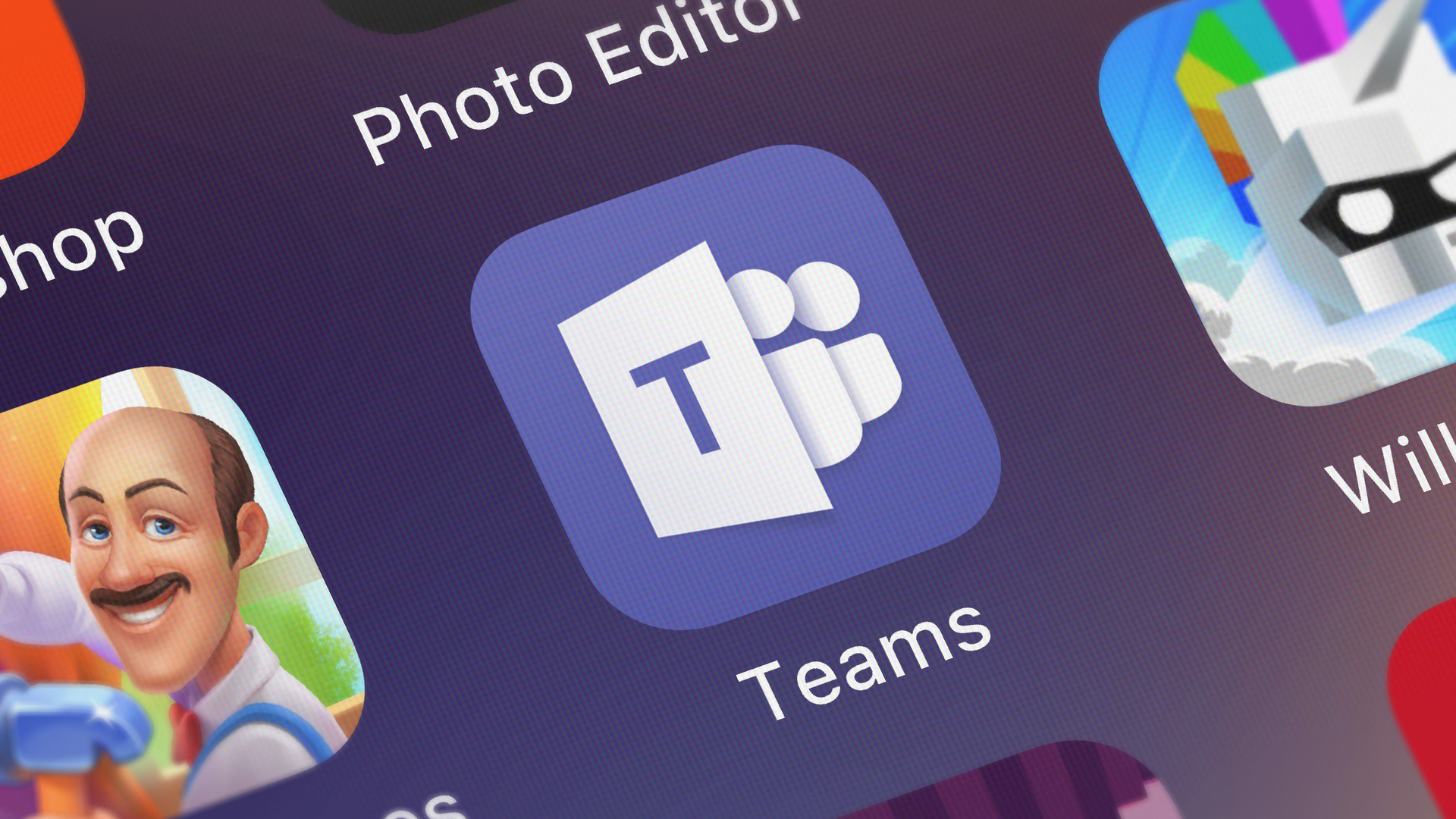Zero-click 'wormable' RCE flaw uncovered in Microsoft Teams
Researcher complains that Microsoft underscored the significance of the flaw, which could be triggered without user interaction


Hackers were able to exploit a serious vulnerability in Microsoft Teams desktop apps to execute arbitrary code remotely and spread infection across a company network by simply sending a specially-crafted message.
The zero-click flaw, which is wormable, can be triggered by cross-site scripting (XSS) injection in Teams, with hackers able to transmit a malicious message which will execute code without user interaction.
This remote code execution (RCE) flaw was first reported to Microsoft in August, with the company fixing the bugs in October 2020. However, security researcher Oskars Vegaris, who discovered the flaw, has complained that the firm didn’t take his report as seriously as it should have, with Microsoft not even assigning the bug a CVE tag.
Microsoft considered the Teams vulnerability as ‘important’ although described its impact as ‘spoofing’ in its bug bounty programme. As for the CVE element, Microsoft doesn’t issue CVE tags on products that automatically update without user interaction.
“This report contains a new XSS vector and a novel RCE payload which are used together,” Vegaris wrote on GitHub. “It affects the chatting system within Microsoft Teams and can be used in e.g. direct messages, channels.”
In a technical breakdown of the vulnerability, the researcher highlighted how RCE can be achieved by chaining two flaws, including stored XSS in Teams chat functionality and a cross-platform JavaScript exploit for the Teams desktop client.
The impact is seemingly alarming, with its wormable nature meaning the exploit payload can be spread across other users, channels and companies without any interaction. The execution of malicious code could also happen without any user interaction, given users need to only view the specially-crafted message.
Get the ITPro daily newsletter
Sign up today and you will receive a free copy of our Future Focus 2025 report - the leading guidance on AI, cybersecurity and other IT challenges as per 700+ senior executives
The consequences of infection range from complete loss of confidentiality and integrity for victims, to access to private communications, internal networks, private keys as well as personal data outside of Microsoft Teams.
Hackers can also gain access to single sign-on (SSO) tokens for other services, including Microsoft services such as Outlook or Microsoft 365. This will expose them to possible phishing attacks too, as well as keylogging with specially-crafted payloads, according to Vegaris.
“We mitigated the issue with an update in October, which has automatically deployed and protected customers.” A Microsoft spokesperson told IT Pro, adding that no further customer action is necessary.

Keumars Afifi-Sabet is a writer and editor that specialises in public sector, cyber security, and cloud computing. He first joined ITPro as a staff writer in April 2018 and eventually became its Features Editor. Although a regular contributor to other tech sites in the past, these days you will find Keumars on LiveScience, where he runs its Technology section.
-
 Cleo attack victim list grows as Hertz confirms customer data stolen
Cleo attack victim list grows as Hertz confirms customer data stolenNews Hertz has confirmed it suffered a data breach as a result of the Cleo zero-day vulnerability in late 2024, with the car rental giant warning that customer data was stolen.
By Ross Kelly
-
 Lateral moves in tech: Why leaders should support employee mobility
Lateral moves in tech: Why leaders should support employee mobilityIn-depth Encouraging staff to switch roles can have long-term benefits for skills in the tech sector
By Keri Allan
-
 A strategic approach to security: Intelligent, collaborative, and efficient
A strategic approach to security: Intelligent, collaborative, and efficientwhitepaper How your security fabric can address the challenges of new tech investment
By ITPro
-
 Anticipate, prevent, and minimize the impact of business disruptions
Anticipate, prevent, and minimize the impact of business disruptionsWhitepaper Nine best practices for building operational resilience
By ITPro
-
 Thwart cyberthreats fast with security operations + AI Ops
Thwart cyberthreats fast with security operations + AI OpsWhitepaper How automated collaboration saves the day
By ITPro
-
 Three steps to transforming security operations
Three steps to transforming security operationsWhitepaper How to be more agile, effective, collaborative, and scalable
By ITPro
-
 Top ten ways to anticipate, eliminate, and defeat cyber threats like a boss
Top ten ways to anticipate, eliminate, and defeat cyber threats like a bossWhitepaper Improve your cyber resilience and vulnerability management while speeding up response times
By ITPro
-
 Automation antidotes for the top poisons in cyber security management
Automation antidotes for the top poisons in cyber security managementWhitepaper How orchestration and collaboration tools can provide a healthy defense against the most serious threats
By ITPro
-
 A prudent approach to major security incidents
A prudent approach to major security incidentsWhitepaper Establish an effective strategy across four phases
By ITPro
-
 Cybercriminals are resilient. How about you?
Cybercriminals are resilient. How about you?Whitepaper Stay ahead of those agile bad actors
By ITPro